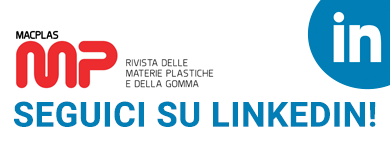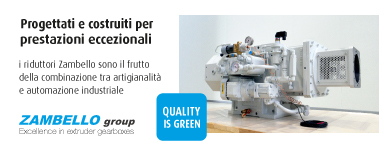
The workshop entitled “Education and training in the plastics supply chain and job opportunities: a network of schools for the sector" was held on May 7 at Plast 2015. Organised by the state-run industrial institute “Natta” in Rivoli (near Turin), with the collaboration of Unione Industriale di Torino (Turin industrial Union) and the support of Assocomaplast (Italian plastics and rubber processing machinery and moulds manufacturers' Association) and Federazione Gomma Plastica (the Italian plastics and rubber Federation), the event aimed to create a network of the seven professional technical institutions located throughout the country, which include a specialisation in plastic technology in their syllabus.
In his welcome message, Mario Maggiani, CEO of Promaplast, emphasized the lack of technicians in the plastic and rubber industries and how this shortfall might be cause for concern for industry companies who are inclined to promote education in plastics. The assessor of jobs, education and vocational training for the Region of Piedmont, Gianna Pentenero, reiterated the importance of training in plastics in higher education and pointed out encouraging employment figures for the sector.
The creation of a network of institutions specialising in plastics has the primary aim of boosting relations between schools and companies. Through this network, the scholastic institutions involved can share laboratories and resources, as well as defining common educational standards, enhancing the suitability of the educational paths available, also thanks to continual updates from industry experts. This will bring the availability of trained technicians and professional positions required by the industrial world together. Lastly, the network will enable institutions to better interact with public institutions.
To round off, the discussion turned to the novelties introduced by the recent Jobs Act which, by reforming labour contracts, establishes apprenticeships that will enable students to join companies while they are studying, further boosting the availability of technicians, reducing the gap between supply and demand.























